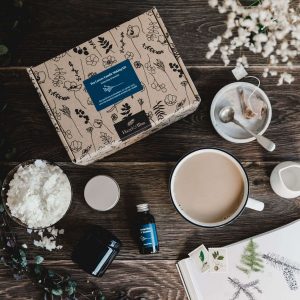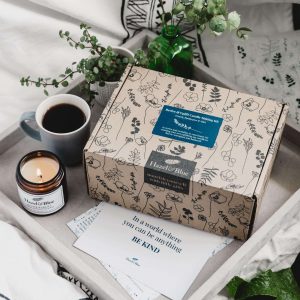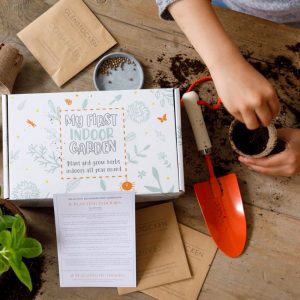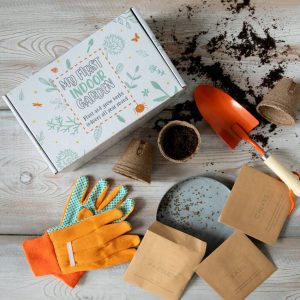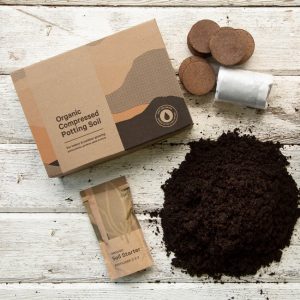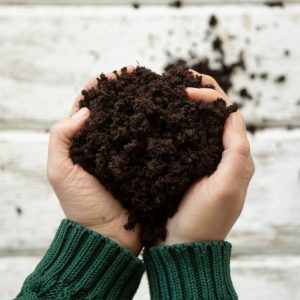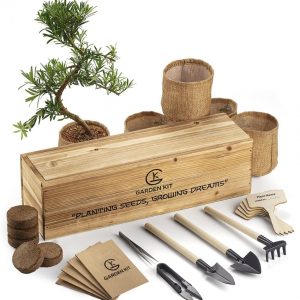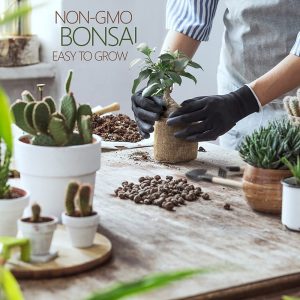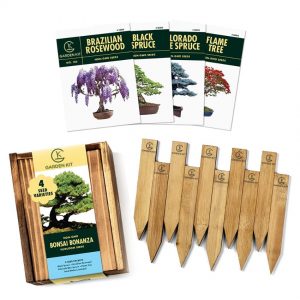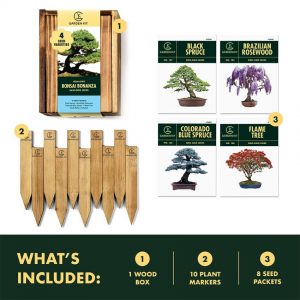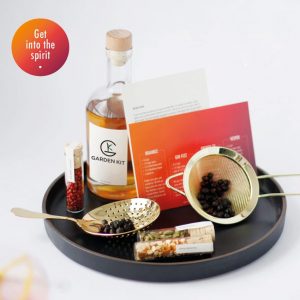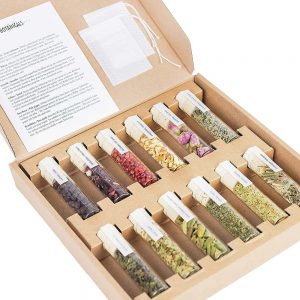The world of spirits and cocktails has always held a sense of mystique and allure. From classic martinis to contemporary concoctions, gin has been a cherished base for a wide range of cocktails. For those who appreciate the art of mixology and enjoy exploring unique flavors, crafting your own gin can be a truly gratifying experience. This is where the homemade gin making kit steps in, transforming your home into a distillery and offering an exciting journey into the world of gin production.
In this comprehensive article, we will embark on a journey of gin discovery, exploring the fun and creativity that comes with a homemade gin making kit. From the basics of gin production to the diverse botanicals you can experiment with, this article is your guide to a spirited adventure that combines science, art, and enjoyment.
Understanding Gin: A Brief Overview
Before we dive into the exciting world of crafting your own gin, it’s essential to have a foundational understanding of what gin is and the various types available.
What is Gin?
Gin is a distilled spirit that originated in the Netherlands in the 17th century and has since become one of the most beloved and versatile spirits worldwide. Its defining characteristic is the use of juniper berries as a primary botanical, which imparts the characteristic piney and herbal notes. Juniper, however, is just one of many botanicals that can be used in gin production, and the variations in flavor profiles are virtually endless.
Types of Gin
There are several types of gin, each with its own production method and flavor profile:
- London Dry Gin: Known for its dry and piney notes, London Dry Gin is a popular choice for classic cocktails like the Martini and Negroni.
- Plymouth Gin: A smoother and slightly sweeter variation, Plymouth Gin is a protected designation of origin (PDO) and can only be produced in Plymouth, England.
- Old Tom Gin: This sweeter style of gin was popular in the 18th century and is enjoying a revival in the craft cocktail scene.
- New Western Dry Gin: A newer category, New Western Dry Gins focus on the use of non-traditional botanicals, often taking center stage with bold flavors.
- Navy Strength Gin: Characterized by its high alcohol content, Navy Strength Gin is typically around 57-58% ABV (alcohol by volume) and has a robust flavor.
- Barrel-Aged Gin: Gin aged in wooden barrels, similar to whiskey, develops a unique and complex flavor profile with hints of vanilla and spice.
The Homemade Gin Making Kit: A Journey Begins
A homemade gin making kit is a carefully curated set of ingredients, tools, and instructions designed to allow enthusiasts and novices alike to create their own small-batch gin. It provides an avenue to explore the art of distillation, experiment with botanicals, and craft a unique spirit that suits your personal preferences.
Components of a Homemade Gin Making Kit
Typically, a homemade gin making kit includes the following components:
- Botanicals: A selection of botanicals, which may include juniper berries, coriander seeds, citrus peels, cardamom, and various spices. These botanicals impart distinctive flavors to the gin.
- Alcohol Base: A high-proof, neutral spirit, such as vodka or grain alcohol, serves as the foundation of the gin. This base alcohol will absorb the flavors of the botanicals during the infusion process.
- Infusion Jar: A glass jar or container in which the botanicals and alcohol are combined for the infusion process.
- Straining and Filtering Equipment: Tools like a fine-mesh strainer and cheesecloth for filtering out solid botanicals and ensuring a clear spirit.
- Bottles and Labels: Small bottles for storing your homemade gin, often accompanied by labels to personalize your creations.
- Instructions: Step-by-step instructions to guide you through the gin-making process.
The Gin-Making Process
Here’s a simplified overview of the gin-making process using a homemade gin making kit:
- Select and Measure Botanicals: Choose a combination of botanicals based on your preferred flavor profile. Measure them out according to the kit instructions.
- Infusion: Combine the botanicals with the alcohol base in the infusion jar. Seal the jar and allow the mixture to infuse for a specified period, typically a week or two.
- Filtering: After the infusion period, strain the mixture to remove solid botanicals and sediment. This step ensures your gin is clear and free from particles.
- Tasting and Adjusting: Taste your homemade gin to determine if it has the desired flavor. If not, you can add more botanicals or allow it to infuse for a longer period to intensify the flavors.
- Bottling and Labeling: Once you’re satisfied with the flavor, transfer your homemade gin to the provided bottles and label them with your own custom names.
Safety Considerations
It’s crucial to approach the gin-making process with care and responsibility. The alcohol base used in gin making kits is highly flammable, and the distillation process should not be attempted at home due to safety and legal reasons. The process described here is for infusion, not distillation.

The Art of Flavor Experimentation
One of the most enjoyable aspects of crafting homemade gin is the opportunity to experiment with flavors. The selection and combination of botanicals allow you to create a gin tailored to your taste preferences. Here are some botanicals commonly used in gin production and the flavors they contribute:
1. Juniper Berries
Juniper berries are the cornerstone of gin, imparting a piney and resinous flavor. They provide the classic gin taste that serves as the base for various gin styles.
2. Coriander Seeds
Coriander seeds contribute a citrusy and slightly spicy note. They balance the juniper and add complexity to the flavor profile.
3. Citrus Peels
Orange and lemon peels are often used to provide bright, zesty, and refreshing citrus notes to the gin.
4. Cardamom
Cardamom offers a warm and slightly sweet aroma with hints of herbal and citrus undertones. It’s known for its unique, exotic character.
5. Angelica Root
Angelica root provides earthy and musky notes, adding depth and complexity to the gin’s flavor.
6. Orris Root
Orris root has a floral and violet-like aroma. It serves as a fixative, helping to stabilize and harmonize the other botanical flavors.
7. Spices (Cinnamon, Clove, etc.)
Various spices, such as cinnamon and clove, can be used sparingly to introduce warmth, depth, and subtle spiciness.
8. Lavender
Lavender imparts a delicate floral aroma and flavor to gin. It adds a touch of elegance and a soothing quality.
9. Other Herbs and Botanicals
Experiment with herbs like rosemary, thyme, and basil, or other botanicals like licorice root and grains of paradise, to create unique flavor profiles.
When crafting your homemade gin, the possibilities are limited only by your imagination. You can tailor your gin to suit your taste preferences and even create signature gins for specific cocktails or occasions.
The Joy of Tasting and Sharing
As your homemade gin matures and the flavors meld and develop, you’ll have the pleasure of tasting your creation. This process can be a rewarding and enjoyable experience as you discover the unique qualities of your gin.
Consider organizing a gin-tasting session with friends and fellow enthusiasts. Share your homemade gin, exchange feedback, and compare flavor notes. Tasting sessions can be a fun and educational way to deepen your appreciation of gin and refine your palate.
ختاماً
The fun of a homemade gin making kit extends beyond the final product; it encompasses the entire journey of crafting your own spirit. This process allows you to explore flavors, express your creativity, and enjoy the satisfaction of sipping on a gin that is uniquely your own. Whether you’re a gin enthusiast, a creative hobbyist, or simply someone looking for a fun and educational project, a homemade gin making kit offers a world of possibilities.
So, if you’re ready to embark on a spirited adventure that combines science, art, and enjoyment, consider trying a homemade gin making kit. Raise a glass to the exciting world of gin production and the fun of crafting your own distinct spirit. Cheers!
منتجات ذات صله

